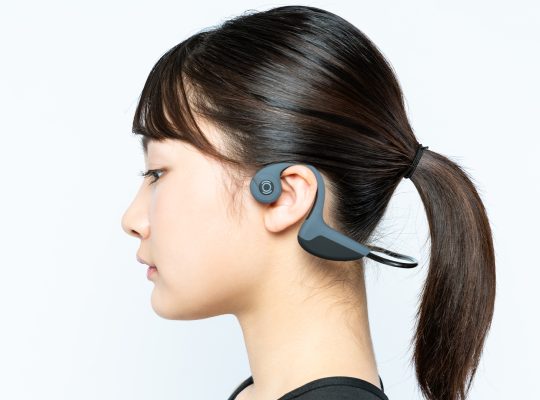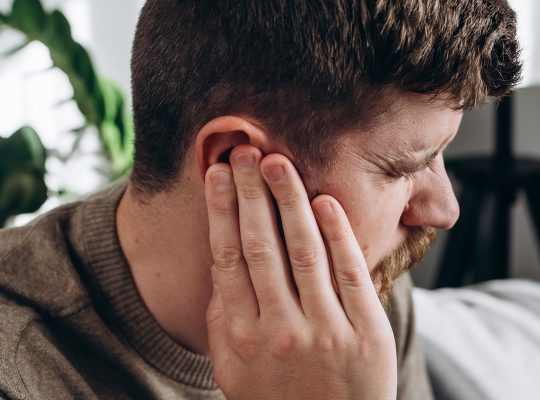Telecoil systems have been used for many years in churches, theaters and other public places to help the hearing impaired better understand what is being said. Yet we see more and more hearing aids no longer equipped with a teleloop coil. The reason? People want smaller, discreet hearing aids, and to save space, some components, such as the teleloop coil, are being omitted. But does this mean the end of the teleloop? Not quite. In fact, there are modern Wi-Fi solutions that can replace and even enhance the teleloop system.
Why was a loop system so popular?
A teleloop works by using a loop of wire placed around a room, such as a church or theater. This wire creates a magnetic field that sends sound from a microphone directly to hearing aids with a telecoil. The major benefit is that distracting ambient noise is eliminated, allowing hearing-impaired people to focus better on the speaker.
A loop is especially useful when a hearing aid has difficulty amplifying sounds at a distance. In large halls, speech can appear distorted or weak. With a telecoil, however, sound enters the hearing aid directly and crisply clear.
Why teleloop systems are becoming obsolete
So while a telecoil is a valuable solution, it also has drawbacks. As mentioned, more and more hearing aids are no longer equipped with a telecoil. This is because manufacturers are developing smaller and smaller hearing aids and want to save space. In addition, installing a telecoil in a building is a time-consuming and costly job. For modern churches, theaters and museums, there are now smarter and more flexible alternatives.
The modern solution: Wi-Fi and Bluetooth systems
Many modern hearing aids are equipped with Bluetooth, which can be an excellent replacement for the traditional loop. But what if several people in a room want to use a sound amplification system? This is what Auracast Bluetooth was developed for.
What is Auracast?
Auracast is a new Bluetooth technology that makes audio streaming accessible to a wider range of users. This means that hearing-impaired people can easily connect their hearing aids to the audio system of a theater, church or museum. Regular earphones and headphones can also work with Auracast, making it a widely applicable technology.
Wi-Fi audio: a flexible solution
In addition to Bluetooth systems, there are also Wi-Fi audio systems that provide an excellent solution for the hearing impaired. How exactly does this work?
- A transmitter in the room sends the sound from the microphone to a user’ s cell phone.
- The phone receives the signal and transmits it to the hearing aid via Bluetooth.
- Extra benefit: the user can even have the audio subtitled via an app!
This type of system is not only future-proof, but also much more flexible than a fixed loop. No cables need to be laid and hearing-impaired people can use their own devices, which greatly increases convenience.
The B-Show Wifi audio system: the future for churches and theaters
One of the innovative wifi solutions already on the market is the B-Show Wifi Audio Set. This system uses a wifi network to send audio to smartphones, then the sound enters the hearing aid via Bluetooth. This makes it a very accessible and flexible solution for various locations.
Curious about how this system works? Check it out here: B-Show Wifi Audio Set.
Conclusion: switching to modern technology
Although teleloop systems were a standard solution for many years, they are running into their limitations. Fortunately, Auracast Bluetooth and Wi-Fi audio systems offer a future-proof and versatile solution for the hearing impaired. Churches, theaters and other institutions that want to keep up with the times would do well to invest in these new technologies.
Would you like advice on the best solution for your location? Contact us and we will be happy to help!








